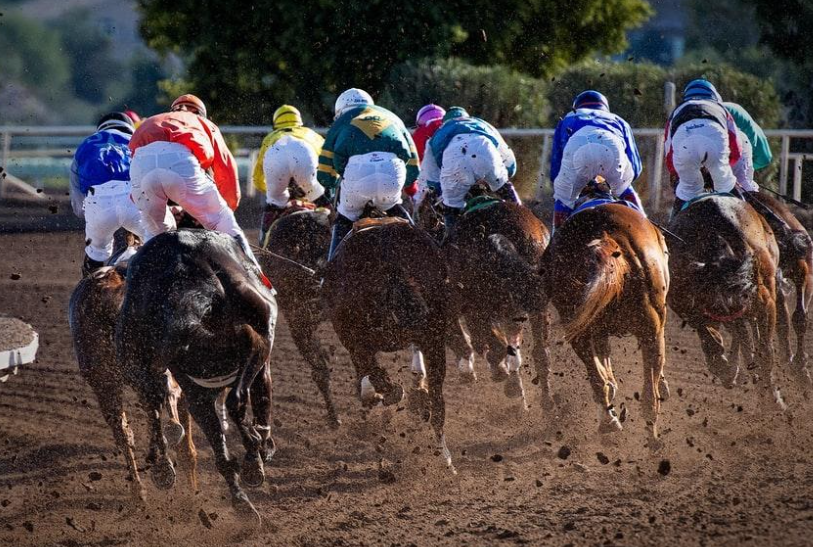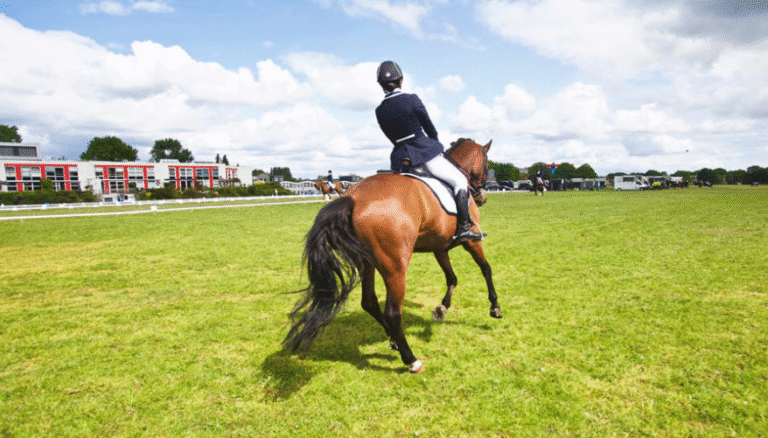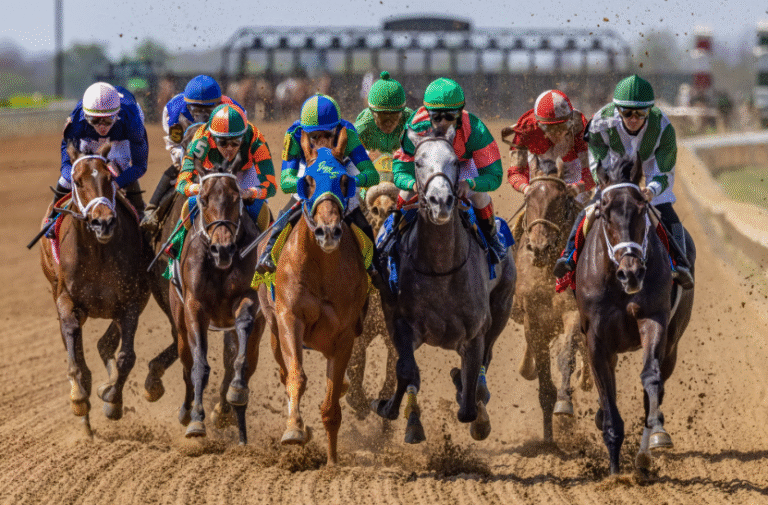How Racehorses Are Transported Across the World for Major Events
Racehorses are transported globally using a carefully coordinated system that integrates both aircraft and specialized ground vehicles. Custom aircraft equipped with tailored stalls prioritize equine comfort, while ground transport employs padded, well-ventilated trailers. Health monitoring protocols are rigorously followed to ensure optimal condition before and after travel. However, the complexities of logistics and the unique needs of each horse present ongoing challenges. Understanding these intricacies reveals the critical role of innovation in equine transportation.
Methods of Racehorse Transport
Although various methods exist for transporting racehorses, each technique is specifically designed to ensure the safety and comfort of these valuable animals during transit.
Aircraft transport allows for swift relocation across vast distances, utilizing specialized stalls that minimize stress.
Ground transportation employs custom-designed trailers, equipped with padded interiors and ample ventilation, ensuring a secure environment for racehorses as they travel to prestigious events, balancing efficiency and care.
See alos: How Horse Racing Is Governed: The Regulatory Bodies in the Industry
Ensuring Health and Safety During Travel
Ensuring the health and safety of racehorses during transport is paramount, with numerous protocols implemented to mitigate risks associated with travel.
Comprehensive health monitoring is conducted pre- and post-journey, adhering to strict travel regulations. These measures encompass temperature checks, hydration assessments, and stress evaluations, ensuring that the animals remain in optimal condition throughout their journey, ultimately safeguarding their well-being and performance upon arrival.
Challenges in Racehorse Logistics
While the transportation of racehorses is crucial for their participation in major events, it is fraught with logistical challenges that require meticulous planning and execution.
Breeding regulations complicate the selection of qualified horses, while soaring transport costs can strain budgets.
The need for specialized equipment and experienced personnel further exacerbates these challenges, demanding a delicate balance between efficiency, safety, and regulatory compliance.
Innovations in Equine Transportation
Recent advancements in equine transportation have significantly transformed the logistics of moving racehorses for major events.
Innovations in aircraft technology now allow for specialized planes designed to accommodate the unique needs of these animals. Additionally, contemporary container design prioritizes comfort and safety, utilizing breathable materials and adjustable features.
These developments ensure that racehorses travel efficiently while maintaining their well-being during long-distance journeys.
Conclusion
In the grand tapestry of equine sport, the delicate art of transporting racehorses transcends mere logistics, embodying a commitment to their well-being. With specialized aircraft and custom trailers, these noble athletes are cradled in comfort as they embark on journeys across the globe. Despite the inherent challenges, meticulous health protocols ensure that each horse arrives in peak condition, ready to showcase their prowess. Thus, the orchestration of their travels becomes a harmonious dance, celebrating both their spirit and the dedication of those who care for them.



